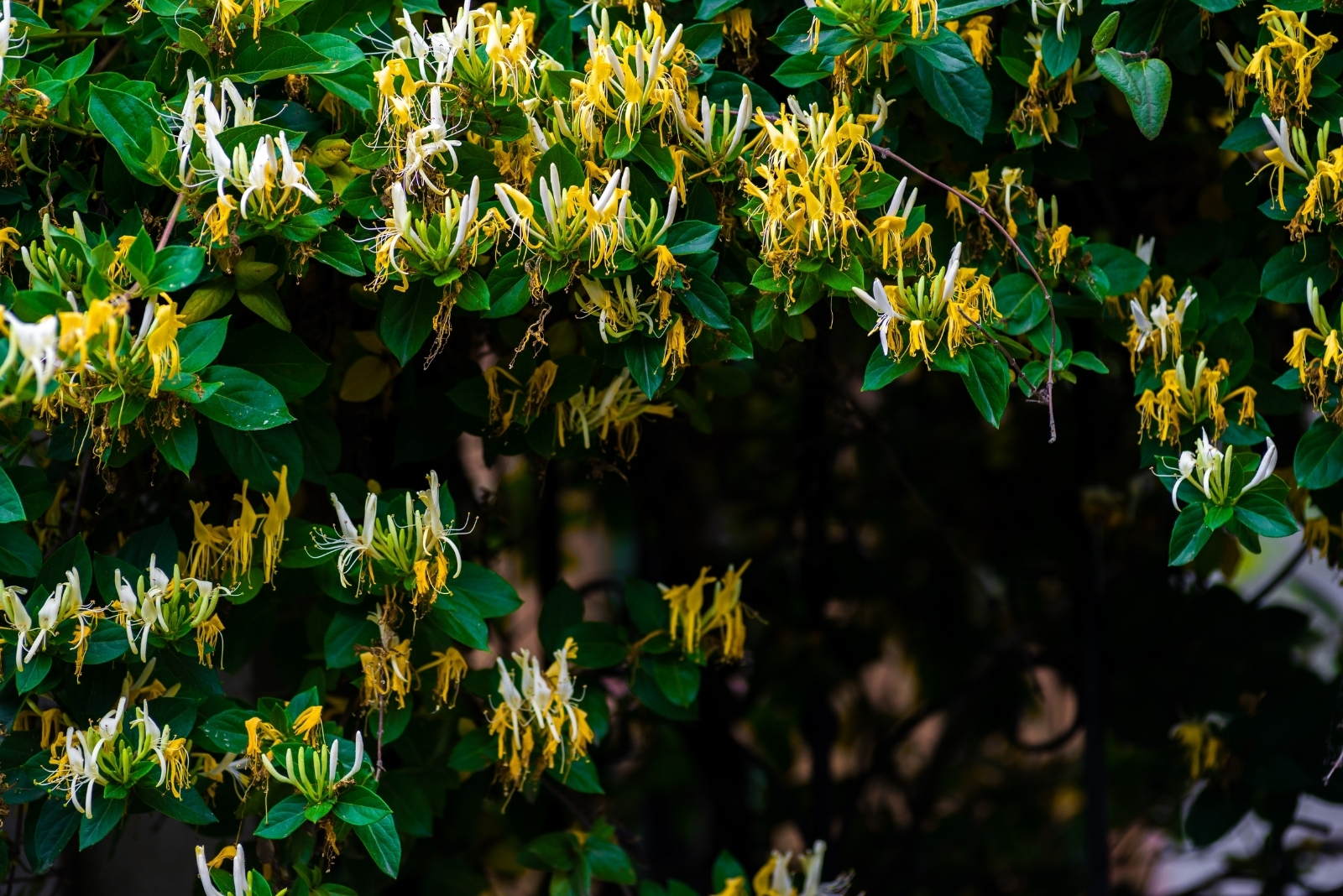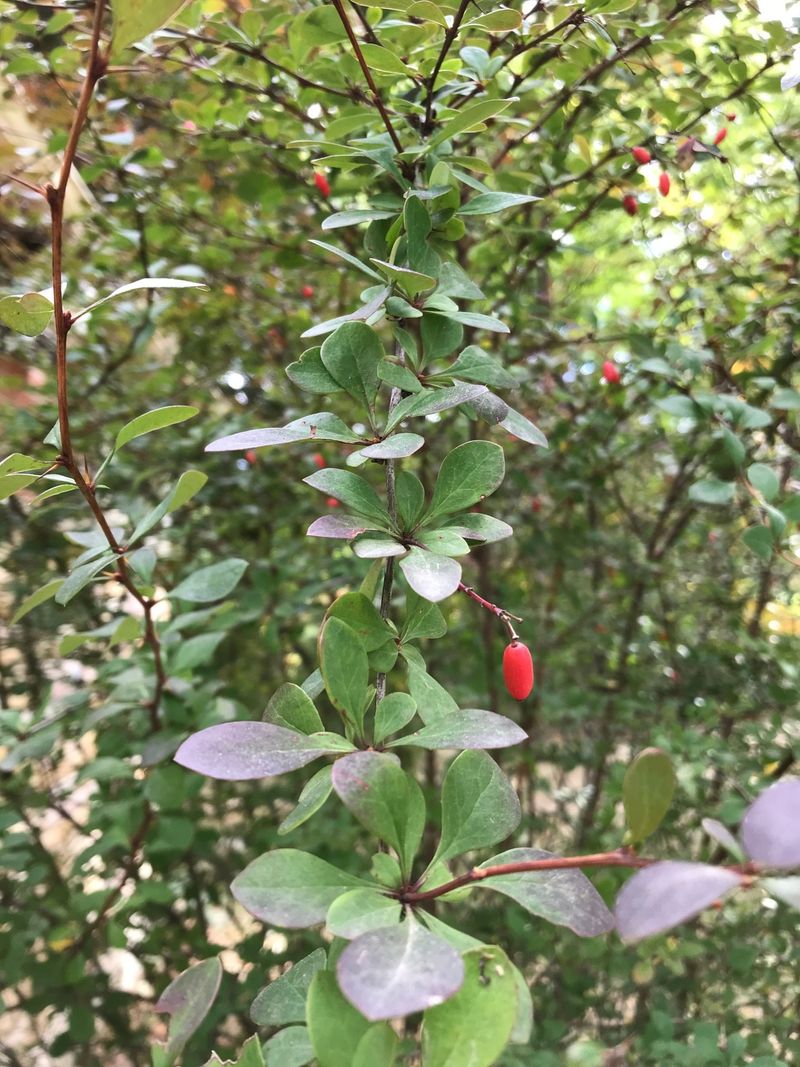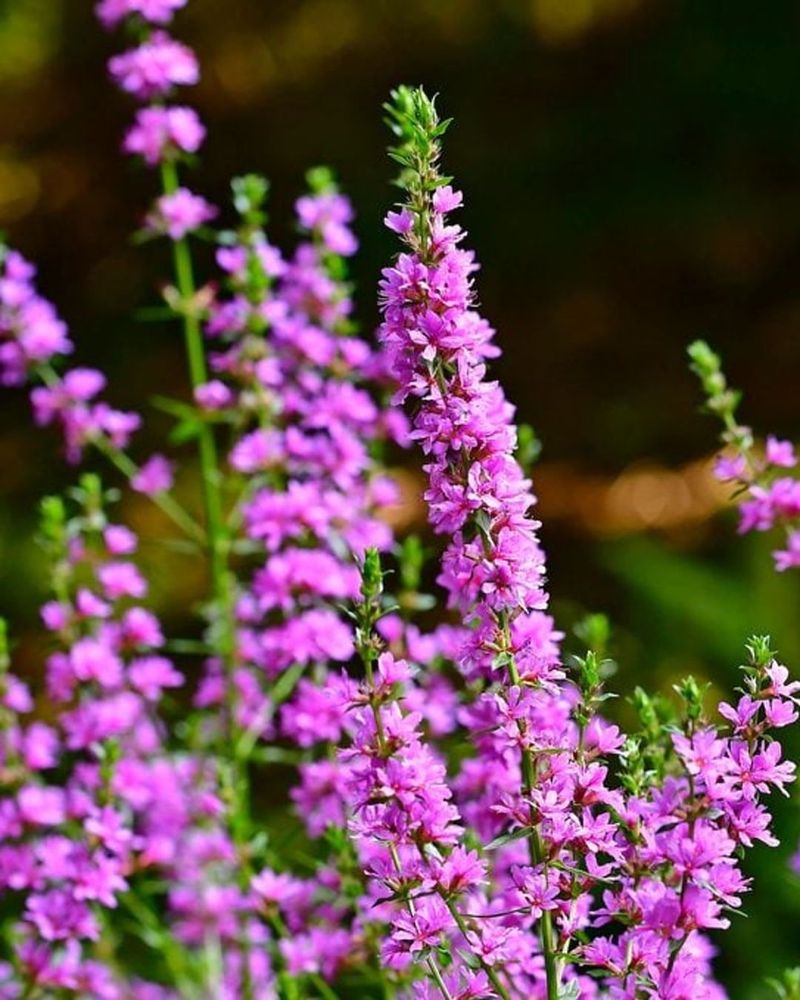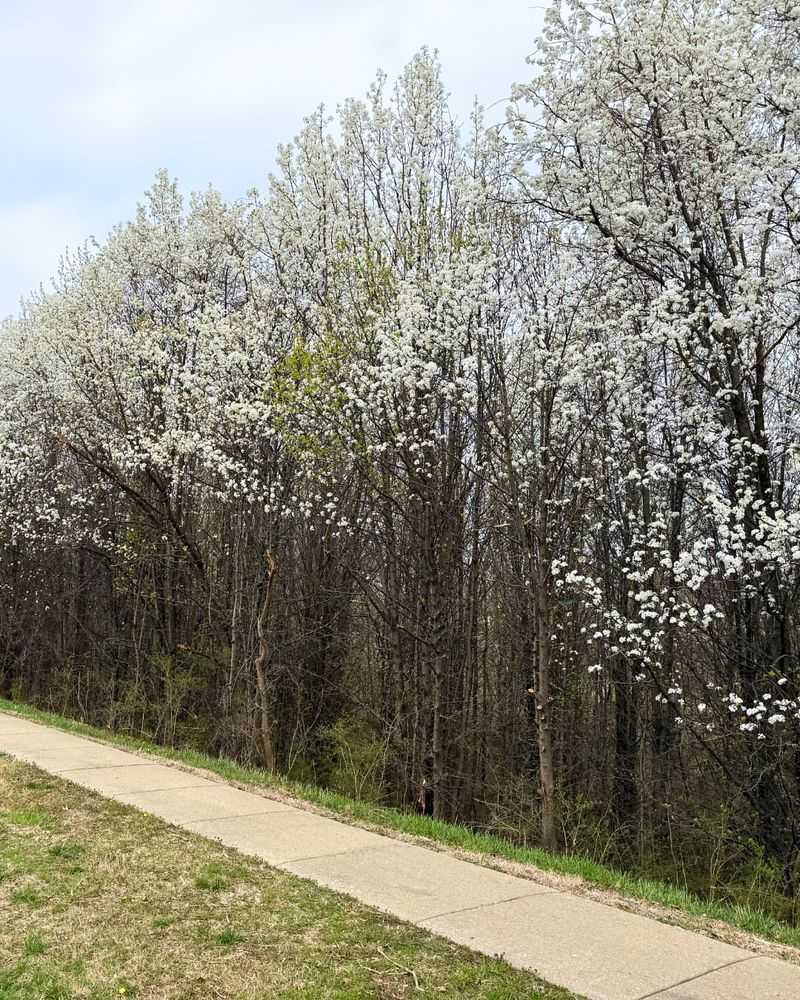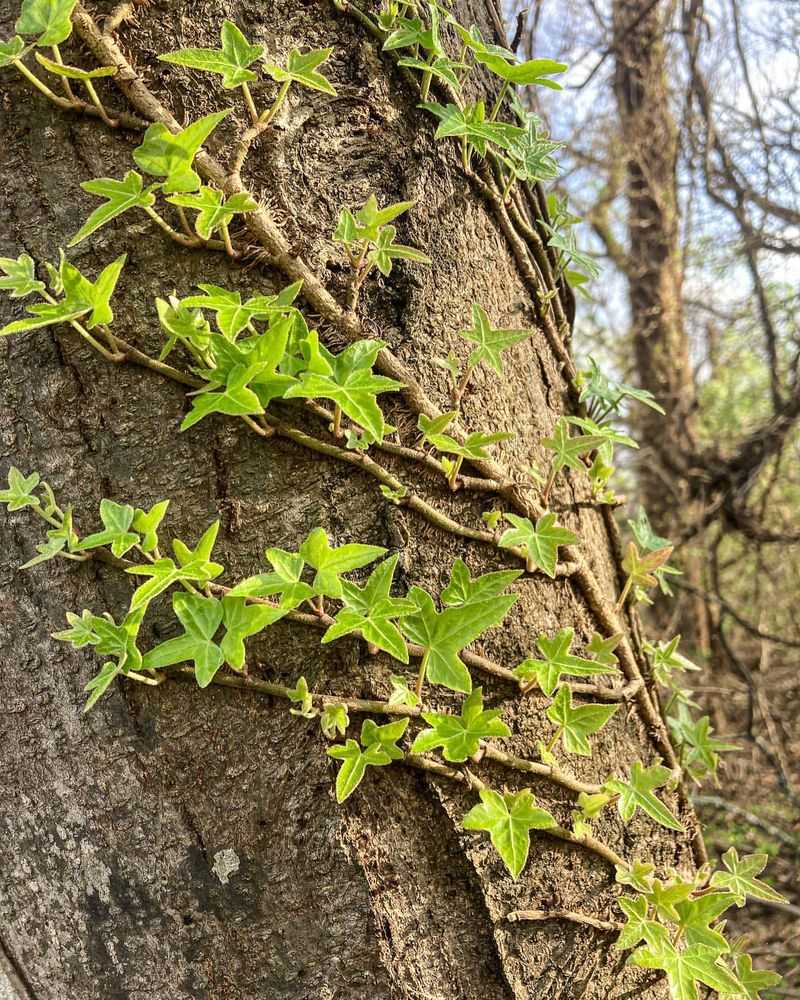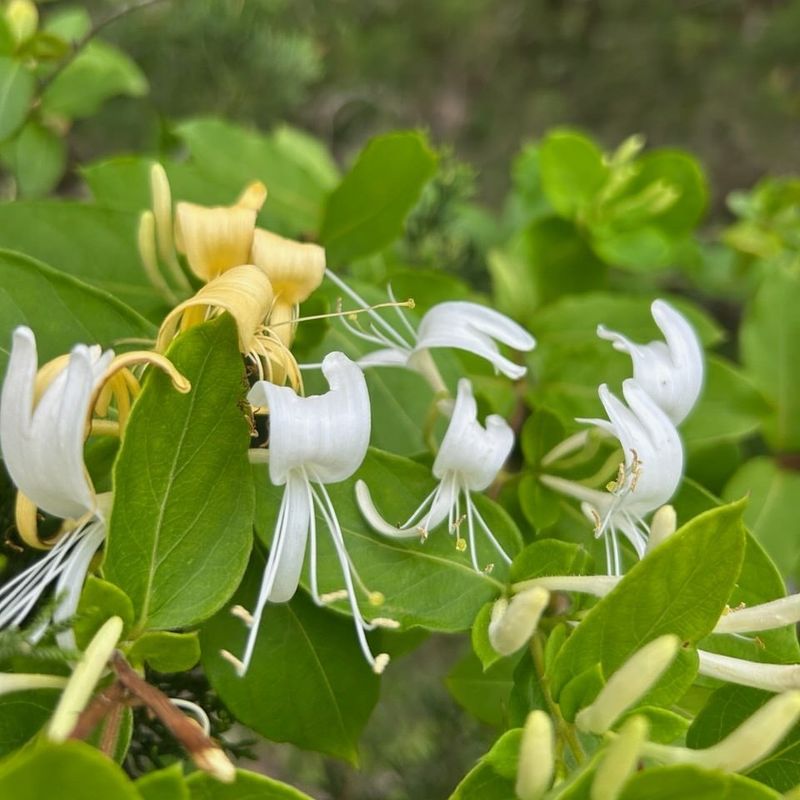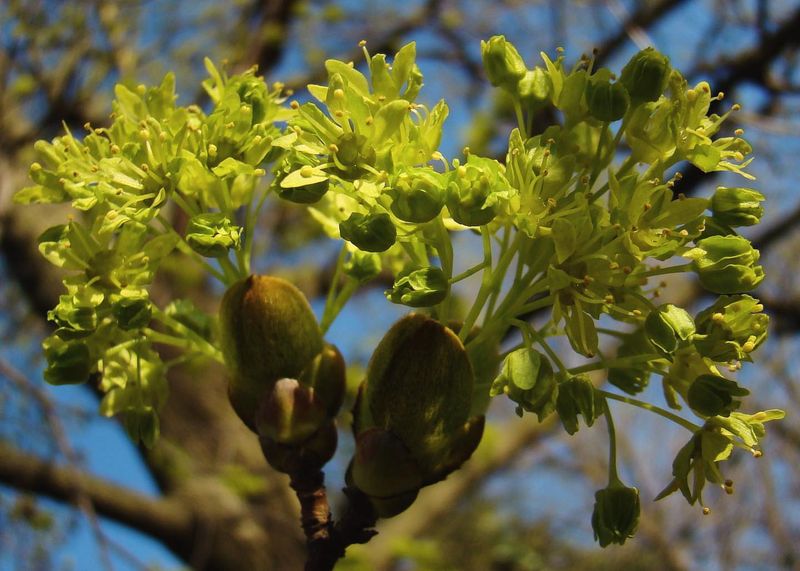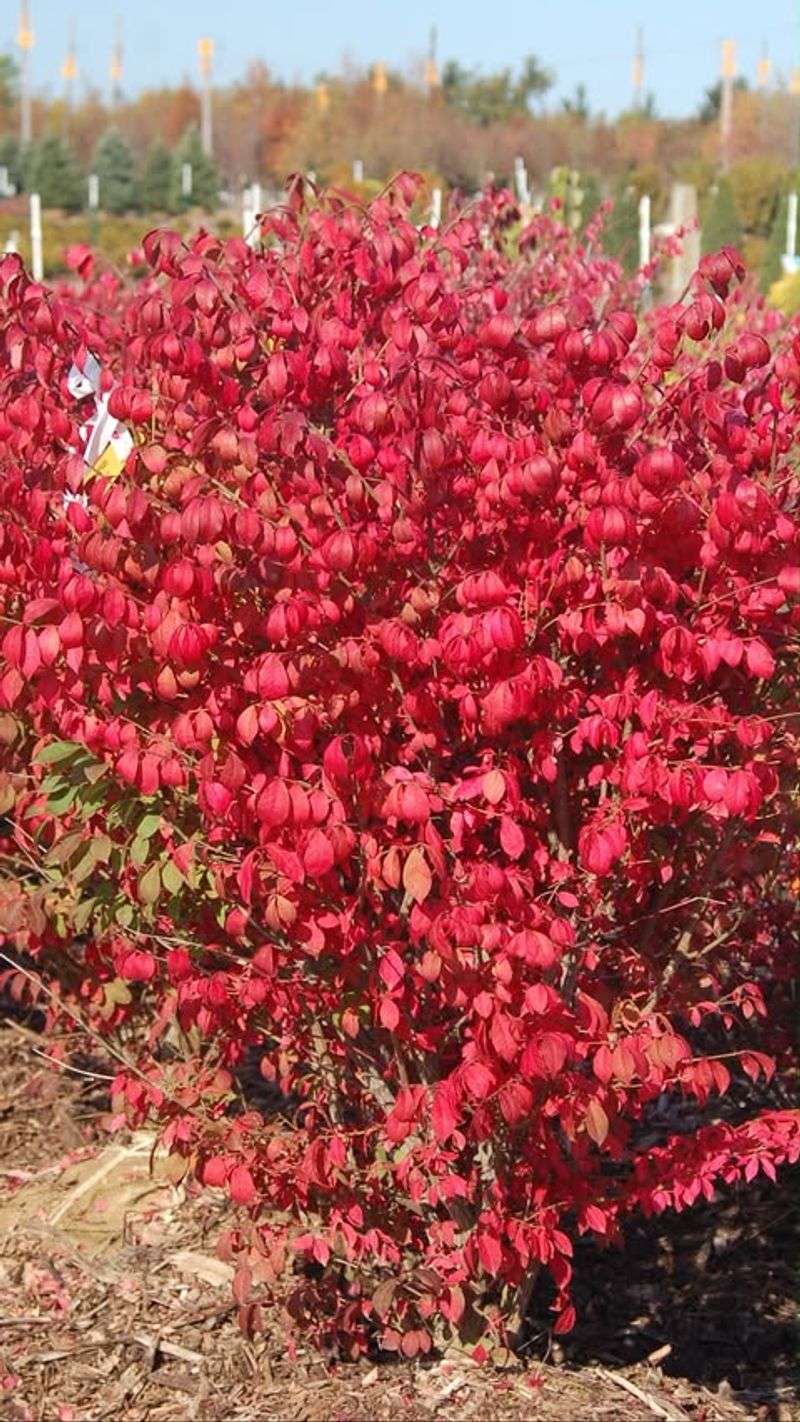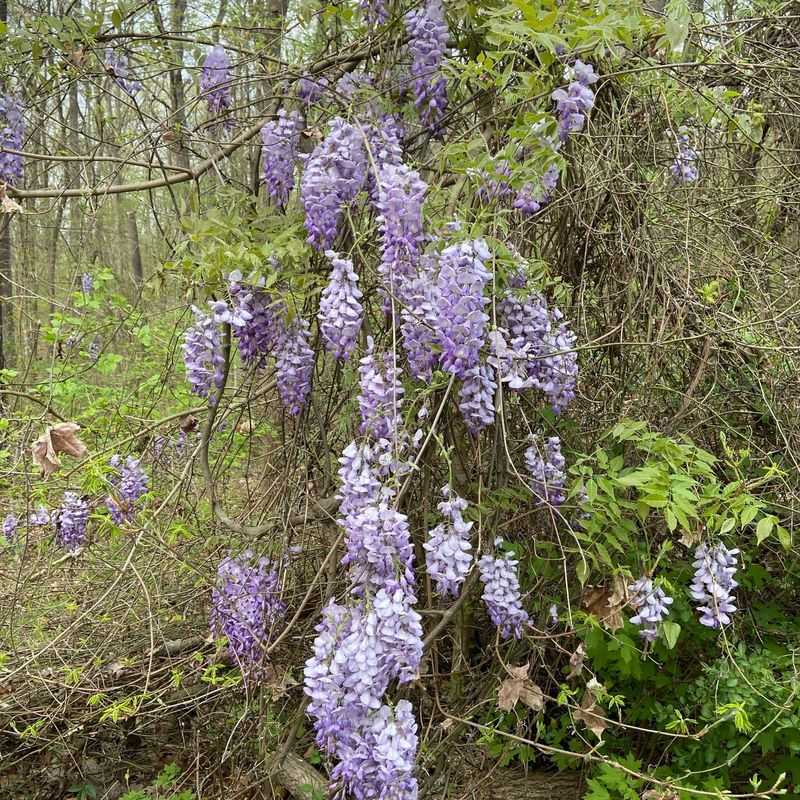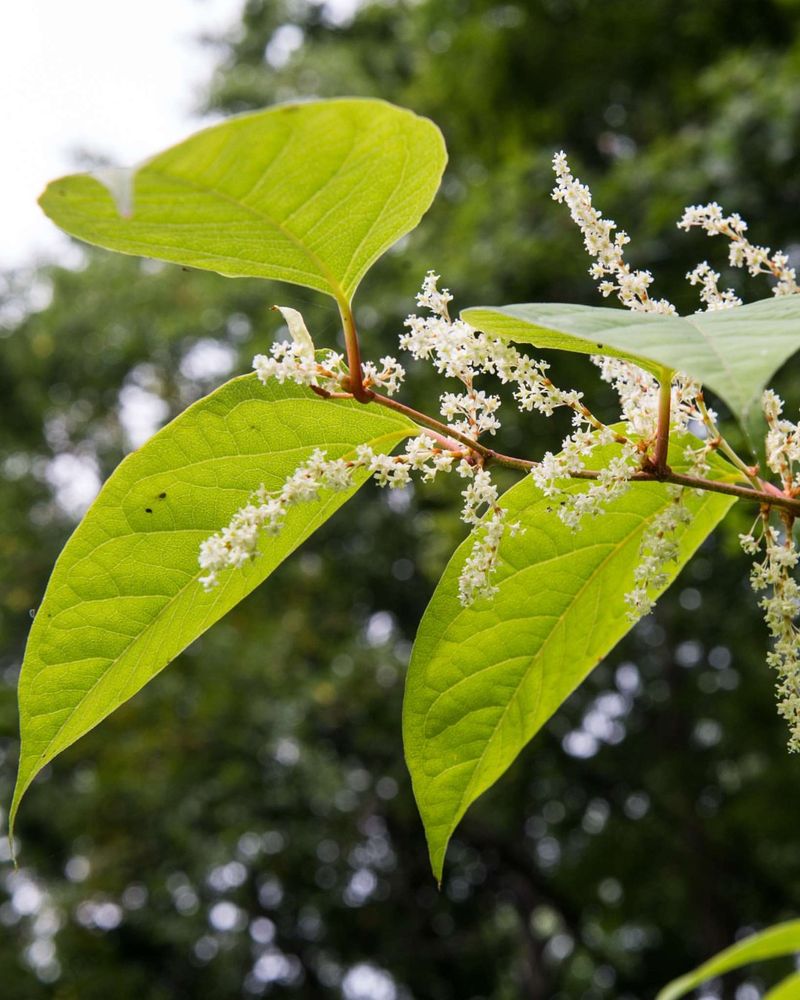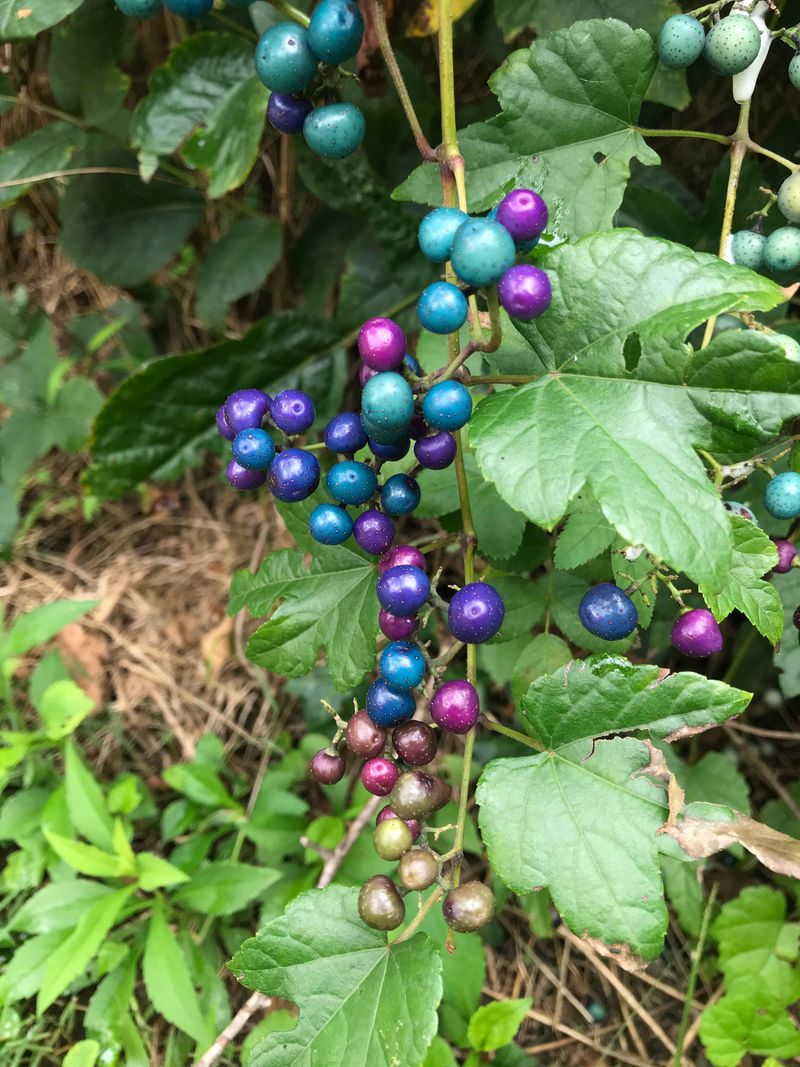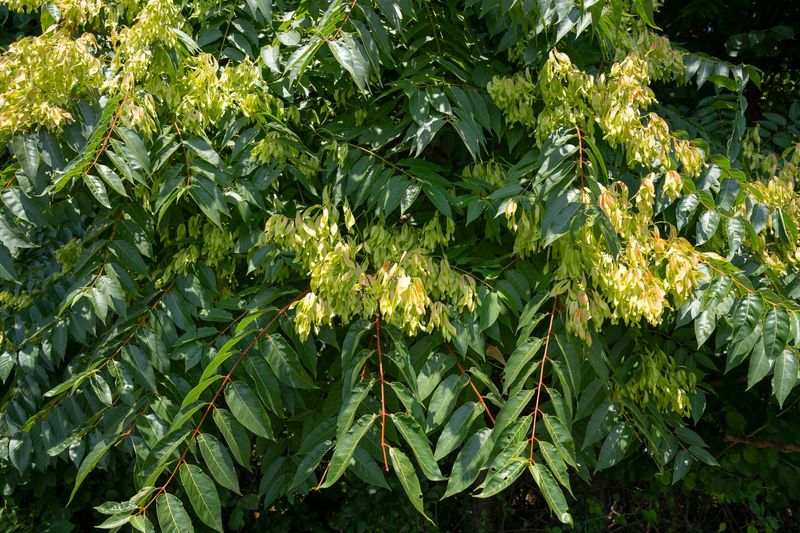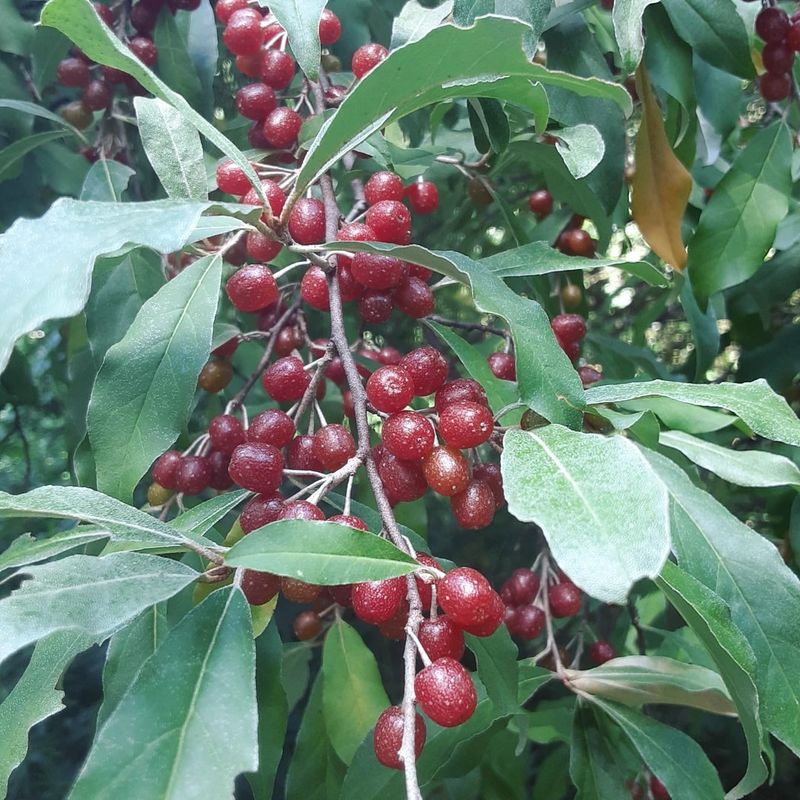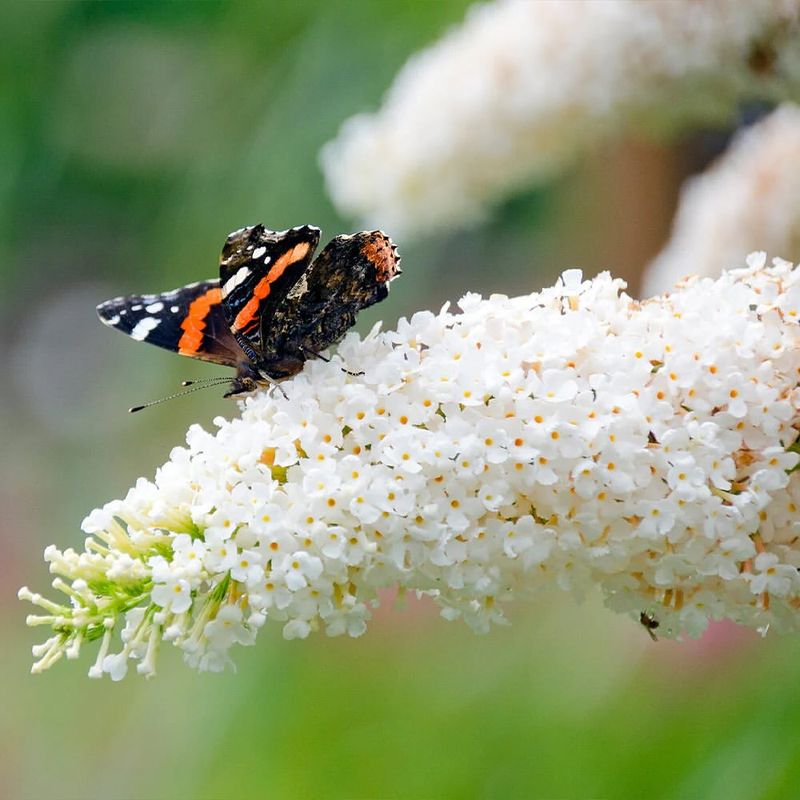New Jersey gardens might soon lose some beloved plants due to new regulations. These 13 could be on that list, and knowing them now can help gardeners prepare.
Staying informed keeps your garden safe and compliant. Check this list before planting to avoid surprises later.
1. Japanese Barberry
The prickly shrub creates perfect hiding spots for ticks that spread Lyme disease in New Jersey. Research shows areas with barberry have nearly triple the tick population of other areas.
Its dense thickets also prevent forest regeneration by blocking sunlight. Wildlife officials across the Garden State have documented how quickly it dominates woodlands after escaping from landscaped yards.
2. Purple Loosestrife
Once a gardener’s favorite for its stunning purple flower spikes, this beauty has become New Jersey’s wetland nightmare. Each plant produces over two million seeds annually, quickly choking out native species.
Wetland restoration efforts throughout the state have spent millions battling this aggressive invader. Its dense root systems alter water flow and reduce habitat quality for native birds and amphibians that Jersey residents cherish.
3. Bradford Pear
Those pretty white spring flowers hide this tree’s dark secret. Bradford pears escape into New Jersey’s natural areas where they form impenetrable thickets that native wildlife can’t use for food or shelter.
The Garden State’s Department of Environmental Protection has documented how quickly these trees spread from suburban plantings. Their weak branches also make them dangerous during storms, causing property damage and power outages across many Jersey neighborhoods.
4. English Ivy
Climbing aggressively up trees and buildings, this evergreen vine slowly kills trees by blocking sunlight and adding weight that can topple them during storms. Its thick ground cover prevents native plant growth beneath it.
New Jersey foresters have identified countless woodland areas where ivy has escaped from nearby gardens. The vine provides poor habitat for native insects and birds while creating perfect hiding spots for rats and other pests in suburban areas.
5. Japanese Honeysuckle
Sweet-smelling flowers mask this vine’s destructive nature as it twines around and strangles native trees and shrubs. Its rapid growth allows it to quickly cover and shade out everything beneath it.
Throughout New Jersey’s natural areas, this aggressive climber forms dense mats that prevent forest regeneration. Garden escapees have established themselves in every county in the state, making it one of the most widespread woody invasives in Jersey.
6. Norway Maple
Looking similar to native maples, these trees produce chemicals that prevent other plants from growing beneath them. Their dense canopy creates too much shade for forest understory plants to survive.
New Jersey’s native plant communities suffer when these maples move in. Across the Garden State, ecological surveys show reduced biodiversity in areas dominated by Norway maples compared to forests with native sugar and red maples.
7. Burning Bush
Famous for brilliant red fall color, this shrub escapes gardens through bird-dispersed berries. It forms dense thickets in forests where nothing else can grow, reducing plant diversity and wildlife habitat quality.
Conservation areas throughout New Jersey struggle with burning bush invasions that crowd out spring wildflowers and tree seedlings. The Garden State’s forest ecosystems suffer as this ornamental shrub continues spreading from suburban landscapes into natural areas.
8. Chinese Wisteria
Those gorgeous purple flowers hide a garden bully that can crush structures and trees with its powerful vines. Growing up to 10 feet annually, wisteria quickly escapes cultivation and invades natural areas.
Throughout New Jersey’s parks and preserves, management teams battle established wisteria that strangles native vegetation. The weight of mature vines can actually pull down trees during storms, creating dangerous situations in Jersey’s forested neighborhoods.
9. Japanese Knotweed
Looking like bamboo but behaving like a monster, this plant can grow through concrete and asphalt. Its extensive root system makes it nearly impossible to eradicate once established in New Jersey yards.
Along the state’s waterways, knotweed forms impenetrable stands that increase erosion and flooding risks. Garden State property values have actually decreased in areas with severe knotweed infestations because of the difficulty and expense of control.
10. Porcelain Berry
Colorful berries that look like candy attract birds who spread seeds far and wide. This aggressive vine can grow 15 feet in a single season, quickly smothering trees and shrubs in its path.
New Jersey conservation areas spend significant resources combating this invader that resembles native grape vines. Throughout the Garden State, its distinctive multi-colored berries can be spotted climbing over native vegetation in parks, preserves, and natural areas.
11. Tree of Heaven
Despite its heavenly name, this fast-growing tree creates earthly problems by releasing chemicals that prevent other plants from growing nearby. It’s also the preferred host for the destructive spotted lanternfly insect pest.
New Jersey’s Department of Agriculture monitors these trees closely as lanternfly populations expand across the state. Urban areas throughout the Garden State struggle with tree of heaven’s ability to damage infrastructure with its aggressive root system.
12. Autumn Olive
Silver-backed leaves make this shrub attractive, but don’t be fooled by its good looks. It fixes nitrogen in soil, changing growing conditions and giving itself a competitive advantage over native plants.
Throughout New Jersey’s open spaces and abandoned fields, autumn olive forms dense thickets that birds can’t navigate. The Garden State’s ecological restoration projects often begin with the difficult task of removing these established shrubs before replanting natives.
13. Butterfly Bush
Ironically, this butterfly-attracting shrub actually harms butterfly populations. While adult butterflies drink its nectar, the plant provides no food for caterpillars, creating an ecological trap.
New Jersey butterfly conservation efforts now recommend native alternatives that support the complete lifecycle. Garden State nurseries still sell this popular plant, but environmentalists across Jersey are pushing for sterile varieties that won’t spread into natural areas.

